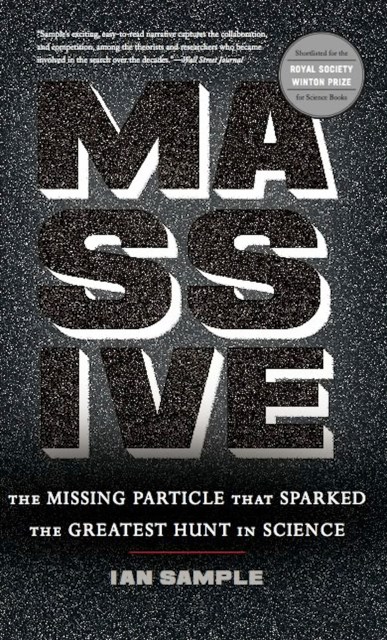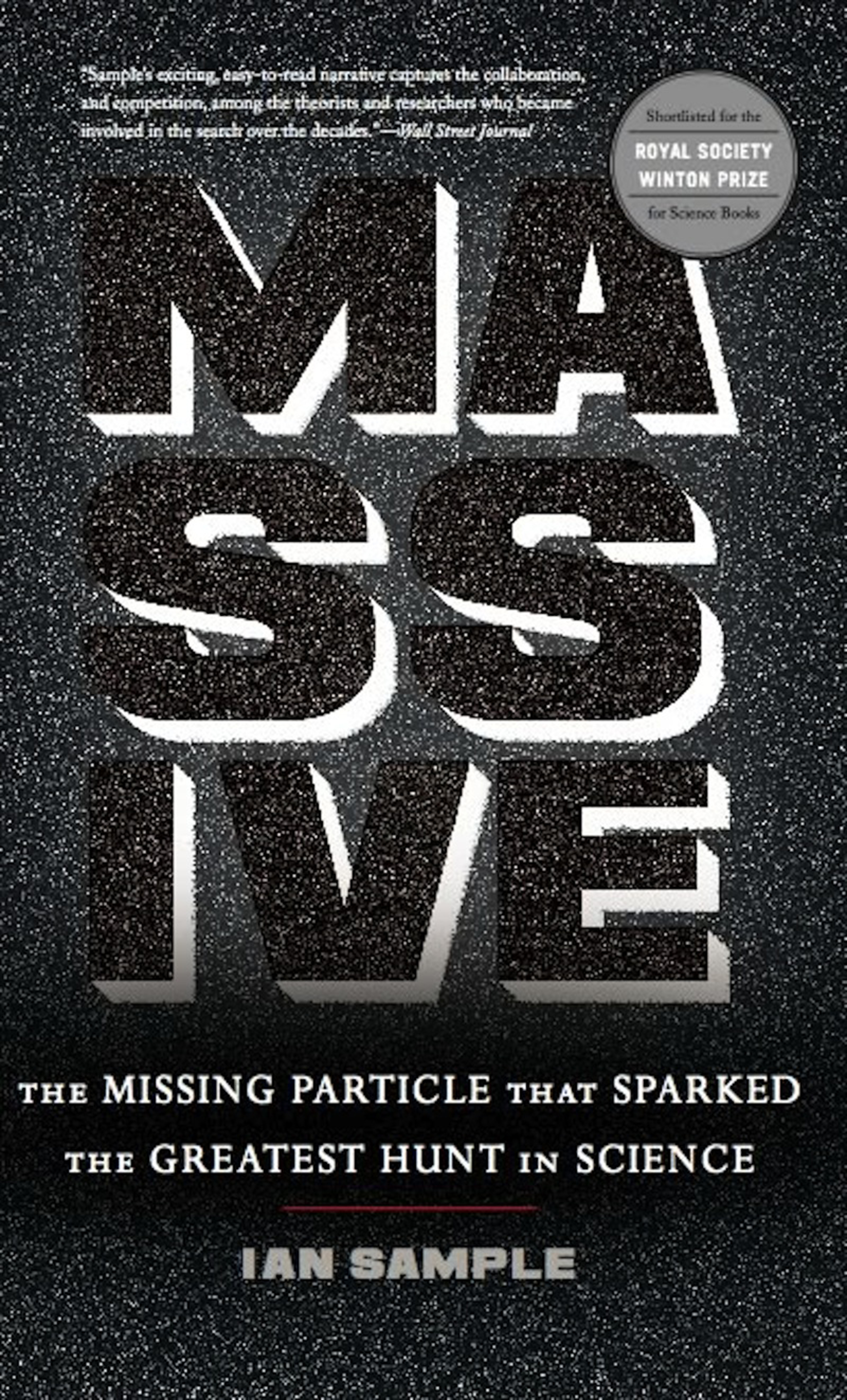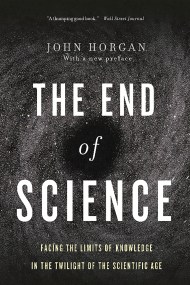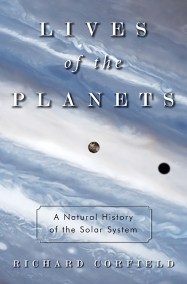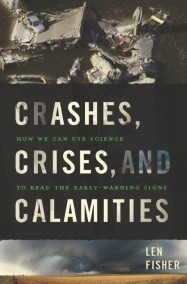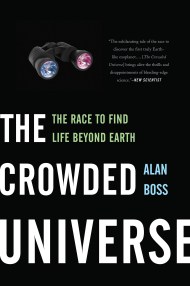Promotion
Use code MOM24 for 20% off site wide + free shipping over $45
Massive
The Missing Particle That Sparked the Greatest Hunt in Science
Contributors
By Ian Sample
Formats and Prices
Price
$10.99Format
Format:
- ebook (Revised) $10.99
- Trade Paperback (Revised) $21.99
This item is a preorder. Your payment method will be charged immediately, and the product is expected to ship on or around April 3, 2012. This date is subject to change due to shipping delays beyond our control.
Also available from:
Drawing upon his unprecedented access to Peter Higgs, after whom the particle is named, award-winning science writer Ian Sample chronicles the multinational and multibillion-dollar quest to solve the mystery of mass. For scientists, to find the God particle is to finally understand the origin of mass, and until now, the story of their search has never been told.
Genre:
- On Sale
- Apr 3, 2012
- Page Count
- 272 pages
- Publisher
- Basic Books
- ISBN-13
- 9780465031696
Newsletter Signup
By clicking ‘Sign Up,’ I acknowledge that I have read and agree to Hachette Book Group’s Privacy Policy and Terms of Use
